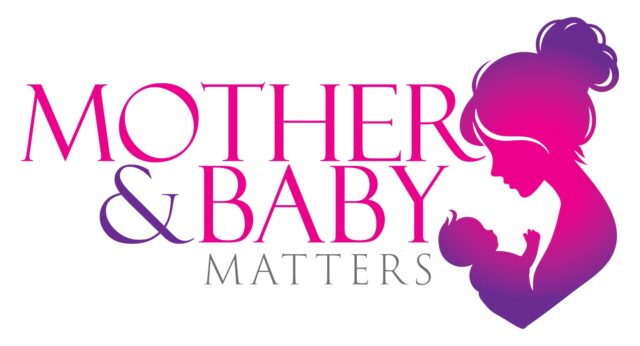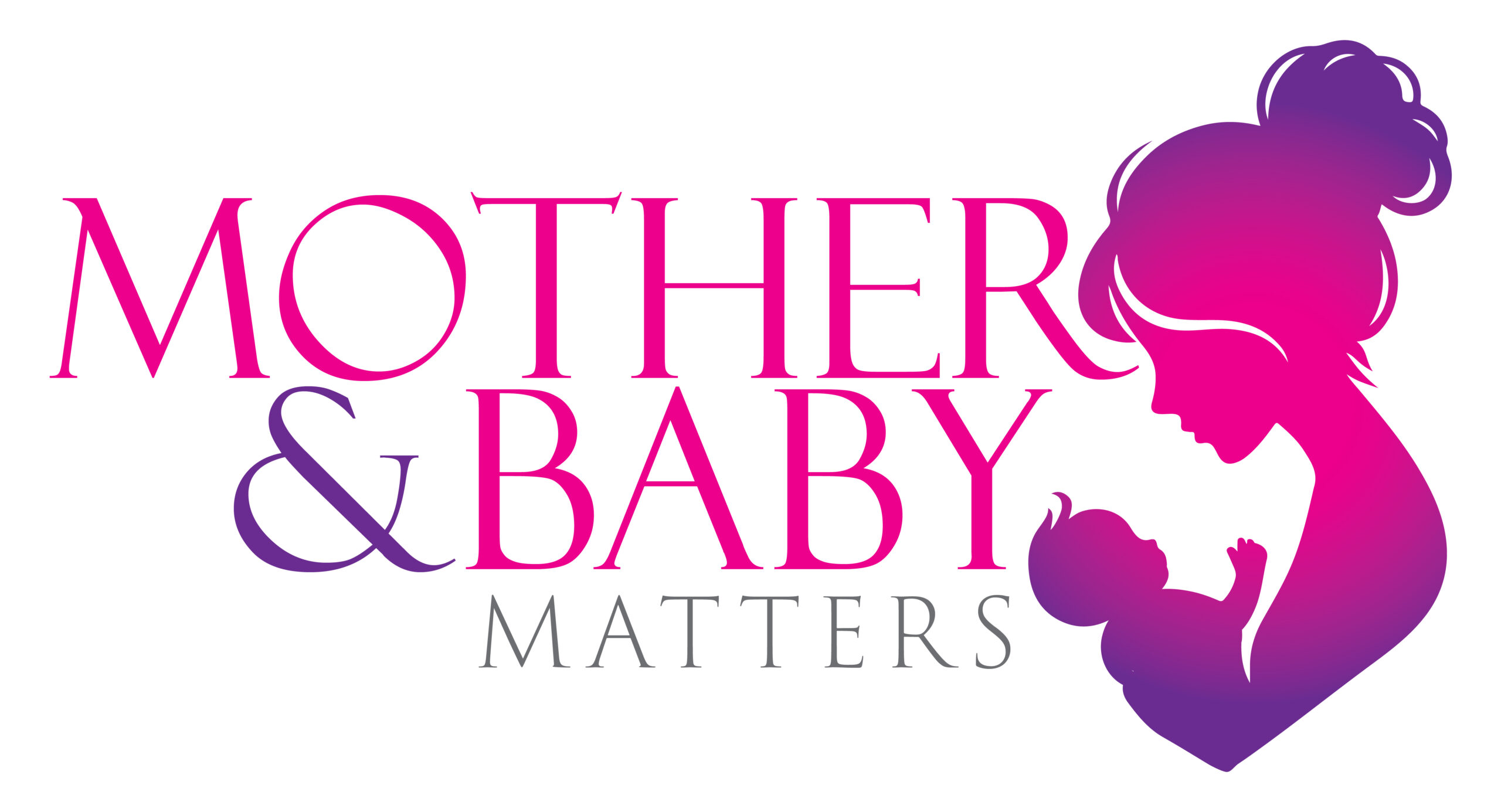Pregnant and nursing women using makeup, hair dye or fragrance are at a higher risk of exposing their babies to harmful PFAS (per- and polyfluoroalkyl substances) often referred to as “forever chemicals.” A recent study of 2,000 women revealed alarming links between personal care product use and increased PFAS levels in blood and breast milk.
Key Findings from the Study
- PFAS Accumulation: These chemicals known for their persistence in the environment accumulate in human blood and breast milk. Pregnant women using personal care products frequently were found to have higher PFAS concentrations.
- Impact of Usage Frequency: Daily makeup use during the first and third trimesters resulted in 14% and 17% higher PFAS levels in plasma and breast milk respectively.
- Hair Dye Risks: Women who dyed their hair twice or more during pregnancy had 36% higher PFOS (a dangerous PFAS compound) levels than those who didn’t.
- Post-Birth Risks: Using nail products after giving birth was linked to 27% higher PFOS levels.
Health Risks for Babies
PFAS exposure is especially dangerous for developing children. It has been linked to:
- Decreased birth weight and preterm birth
- Shorter lactation periods and reduced nutritional value in breast milk
- Neurodevelopmental disorders and diminished vaccine response in children
- Lifelong health issues such as cancer and immune disorders
How PFAS Enter Personal Care Products
PFAS are widely used in cosmetics, hair products and even dental floss for properties like water resistance and ingredient absorption. These chemicals may also leach into products through packaging or during manufacturing.
Protective Steps for Women
- Limit non-essential personal care products during pregnancy and breastfeeding.
- Opt for safer alternatives labeled free from toxic chemicals though identifying PFAS in products can be challenging due to lack of transparency.
Policy Changes
Some U.S. states have started banning PFAS in personal care items potentially encouraging manufacturers to eliminate PFAS altogether.
The study underscores the need for awareness and policy reforms to safeguard maternal and child health.




